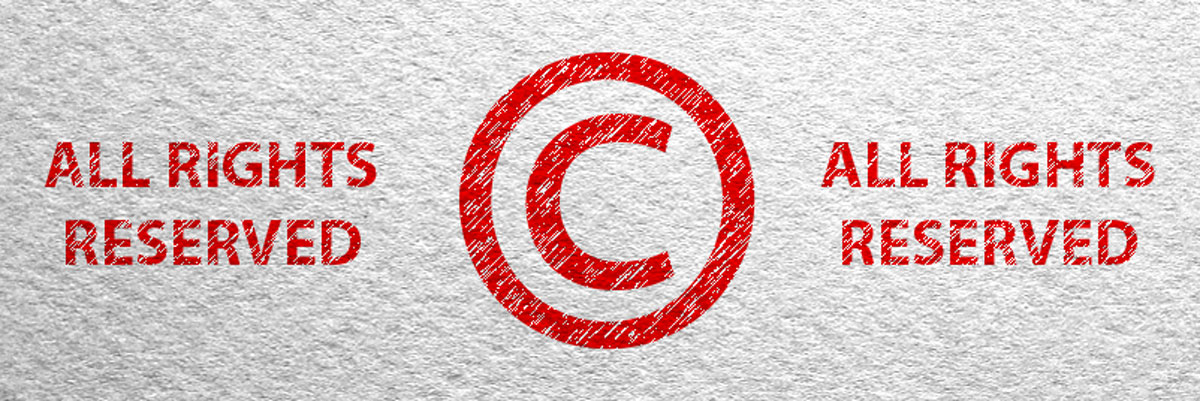
Visit our Blog and Subscribe!
As a wholesale supplier, we understand that our customers prefer to market our products with their own brand. To do so is simple:

It’s an important aspect of your business, but understanding the intricacies of copyright regulations can be as daunting as earning a law degree. Let’s keep it simple...
What is Copyright?
Copyright gives one the exclusive right to control how his/her creative work is exploited and reproduced. Copyright protects any kind of written work, artwork, including illustrations, photographs and graphic design.
What’s Protected?
A design must be “original” or not copied from another source to be protected by copyright. But theoretically, two identical designs could be copyrighted by different owners if they coincidentally were created independently.
To be protected by copyright, the original design must be fixed in a tangible medium of expression: written down on paper; on a computer’s memory; or recorded in a visual medium such as a DVD, tape or film.
More specifically, software that creates fonts is protected by copyright, which is why you need a license to use someone else’s font-generating software. However, the U.S. Copyright Office refuses registration for the artistic design of the font itself (i.e., a typeface).
What’s NOT Protected?
Though an expression of an idea is covered, the idea itself is not. For example, the idea of drawing a missing puzzle piece on a company logo is not protected. But the particular design of a missing puzzle piece as part of that logo is protected. Here’s what is not copyrightable, but can be trademarked:
Copyright versus Trademark
Copyrighting is simply the act of using the trademarked item in written text to market, advertise, or convey a viewpoint and citing that text as your own. Trademarking is a means of identification to distinguish a name, symbol, figure, or word as unique to that merchant or manufacturer. Note that even if a name is trademarked, it can still be used in a design or written work as long as it isn’t manufactured under that name.
Share your copyright insights and experiences below. To learn more, visit the U.S. Copyright Office at http://www.copyright.gov.
Comments